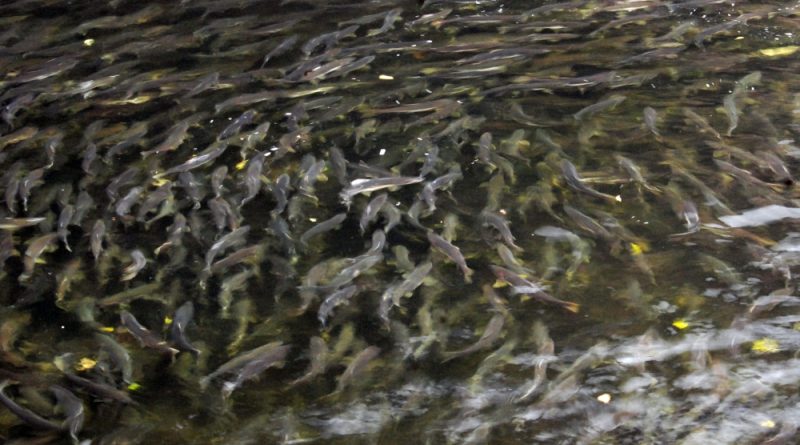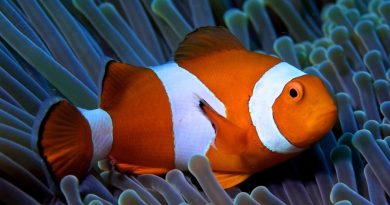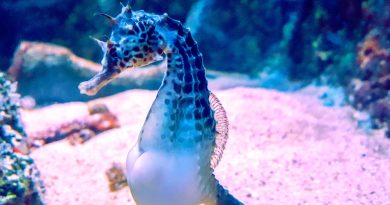The Fantastic Migration of Fish From Springs to Ocean
A Long Journey…
Fish migration is a fascinating phenomenon that occurs in many rivers and oceans around the world.
These animals embark on epic journeys from the headwaters of rivers to the ocean and vice versa. In this article, we explore the incredible migrations of fish and how they play such a vital role in their life cycle.
Fish migration is driven by factors such as finding food, reproduction, and suitable environmental conditions. Many fish are born in freshwater rivers or streams and, at some point in their lives, must migrate to the ocean. Known as anadromous migration, this journey is one of nature’s most impressive feats.
During migration, fish face numerous challenges, including strong currents, predators, and physical barriers such as waterfalls and dams. However, they develop strategies and special adaptations to overcome these obstacles. Some fish can leap or climb natural obstacles, such as salmon using their strong fins and streamlined bodies to navigate falls and reach spawning areas.
A notable example of fish migration is that of salmon. These fish are known for their epic journeys from saltwater to the headwaters of rivers for spawning. During this journey, they cover thousands of kilometers, facing strong currents and natural obstacles. Salmon can detect freshwater by scent, and upon reaching the river’s source, they begin swimming upstream in search of a suitable spawning location.
Another impressive migration is that of eels. These fish have the opposite journey to salmon, migrating from freshwater rivers and lakes to reproduce in the ocean. Eels have elongated and flexible bodies, allowing them to crawl and climb terrestrial obstacles like dams and waterfalls during migration. After living in freshwater for many years, eels migrate back to the ocean one last time, spawn, and then die.
In addition to these examples, many other fish species also undertake incredible migrations. Lampreys, for instance, are known for their migrations between freshwater and marine environments. Sturgeons, prehistoric fish, travel long distances to rivers for reproduction. These migrations are critical for the survival of these species, enabling them to reproduce in specific areas and explore different habitats throughout their lives.
Fish migration has a significant impact on aquatic ecosystems. During their journey, they transport nutrients from the oceans to rivers, enriching food chains and providing sustenance for other animals. Additionally, migratory fish can act as seed dispersers, aiding plants in reproducing along riverbanks.
However, fish migration is facing growing challenges due to human disturbance. Dam construction, water pollution, habitat degradation, and overfishing are threats affecting fish migration in many parts of the world. This can negatively impact reproduction, food supply, and the health of migratory fish.
Protecting and restoring freshwater habitats are crucial to ensuring these impressive migrations continue. Efforts are currently underway to build fish passages, such as fish ladders and fish elevators, to help fish overcome artificial obstacles and continue migrating. Protecting rivers, improving water quality, and reducing predatory fishing are also important measures to safeguard migratory species.
Conclusion:
In summary, fish migration is a spectacle of nature. These epic journeys showcase the incredible adaptability and survival capabilities of fish and their importance to aquatic ecosystems. Understanding and protecting these migrations are crucial to preserving biodiversity and ensuring the health of rivers and oceans worldwide.
If you enjoyed our article on The Fantastic Migration of Fish From Springs to Ocean, don’t forget to leave your comment and stay tuned for related articles, as many useful tips are shared to help you take even better care of your pet. Enjoy the advice!




